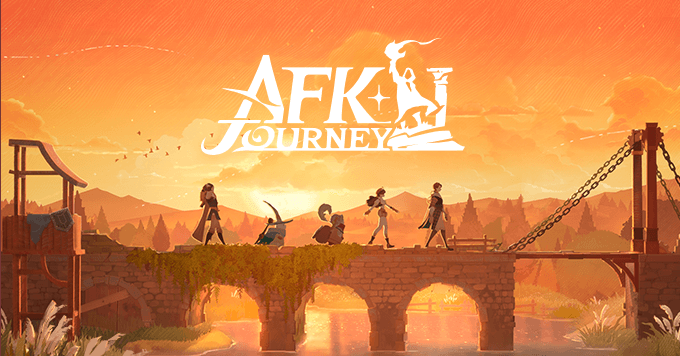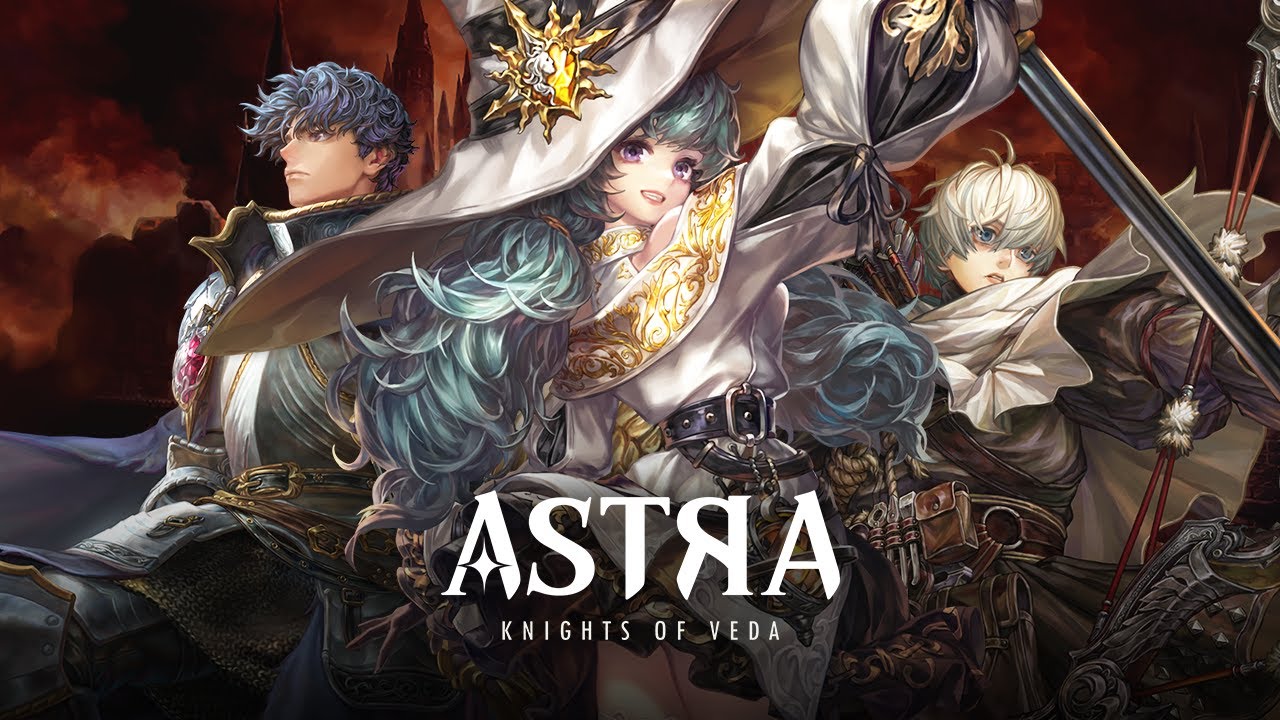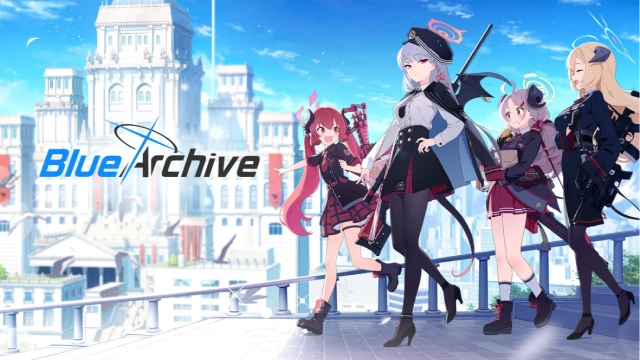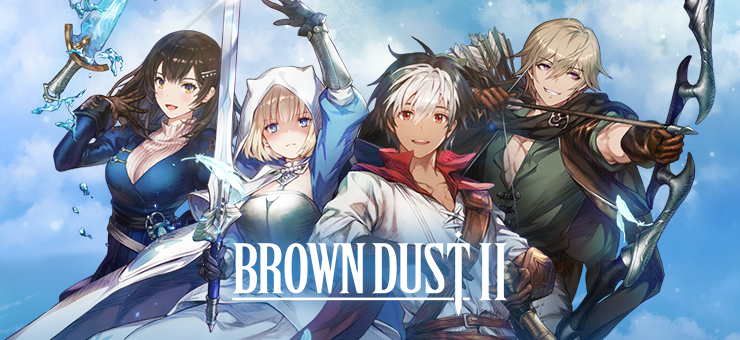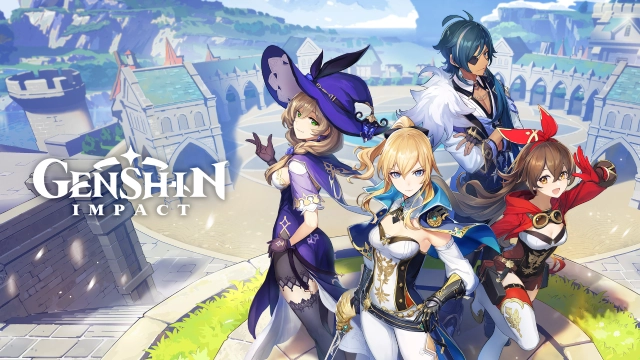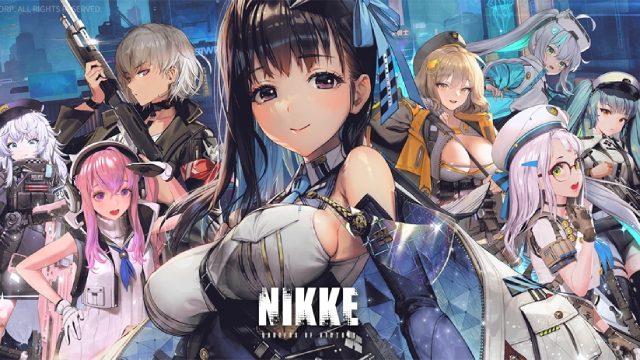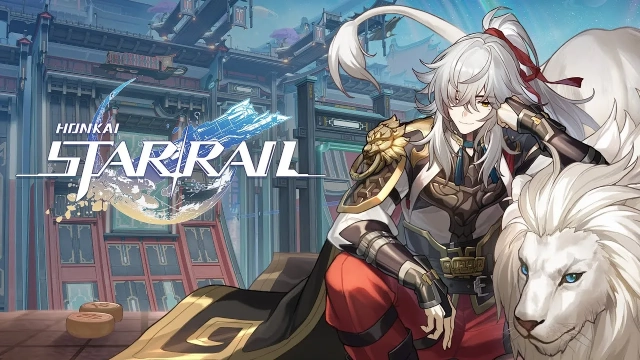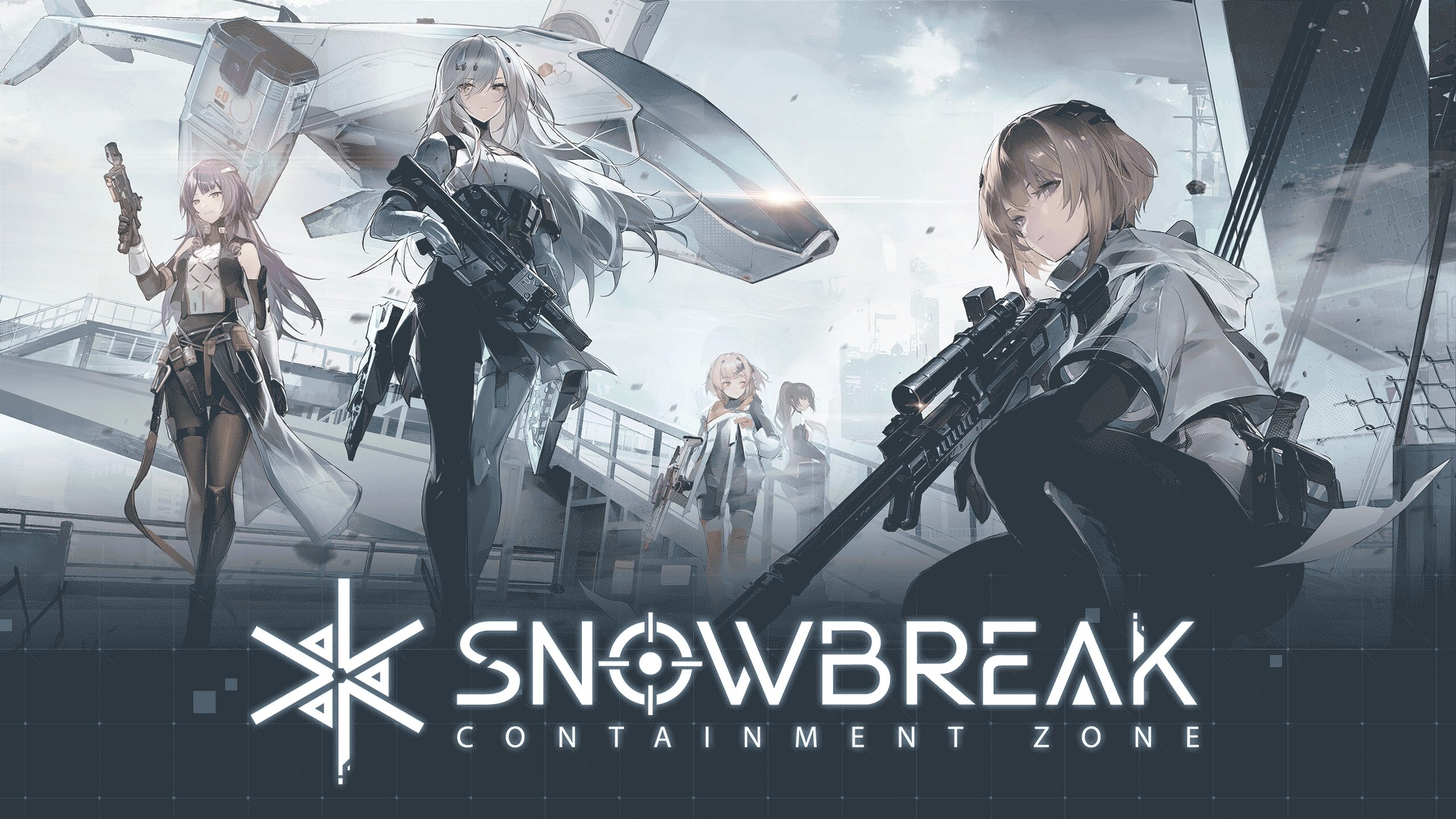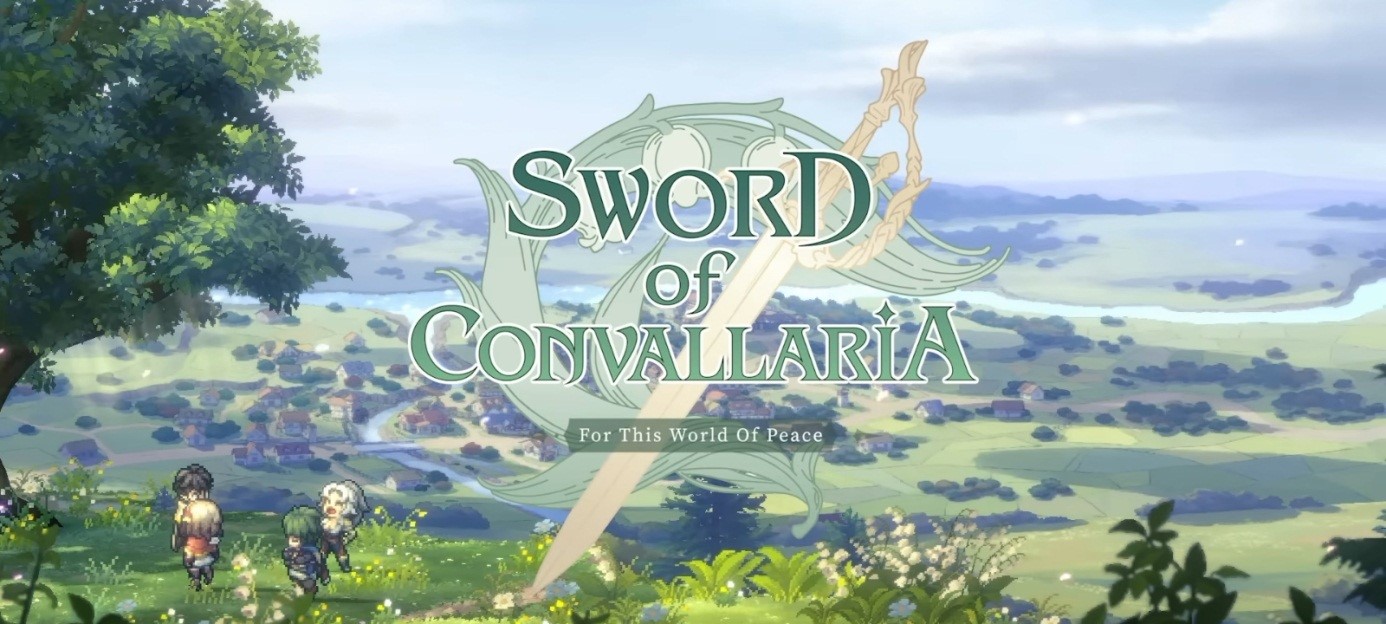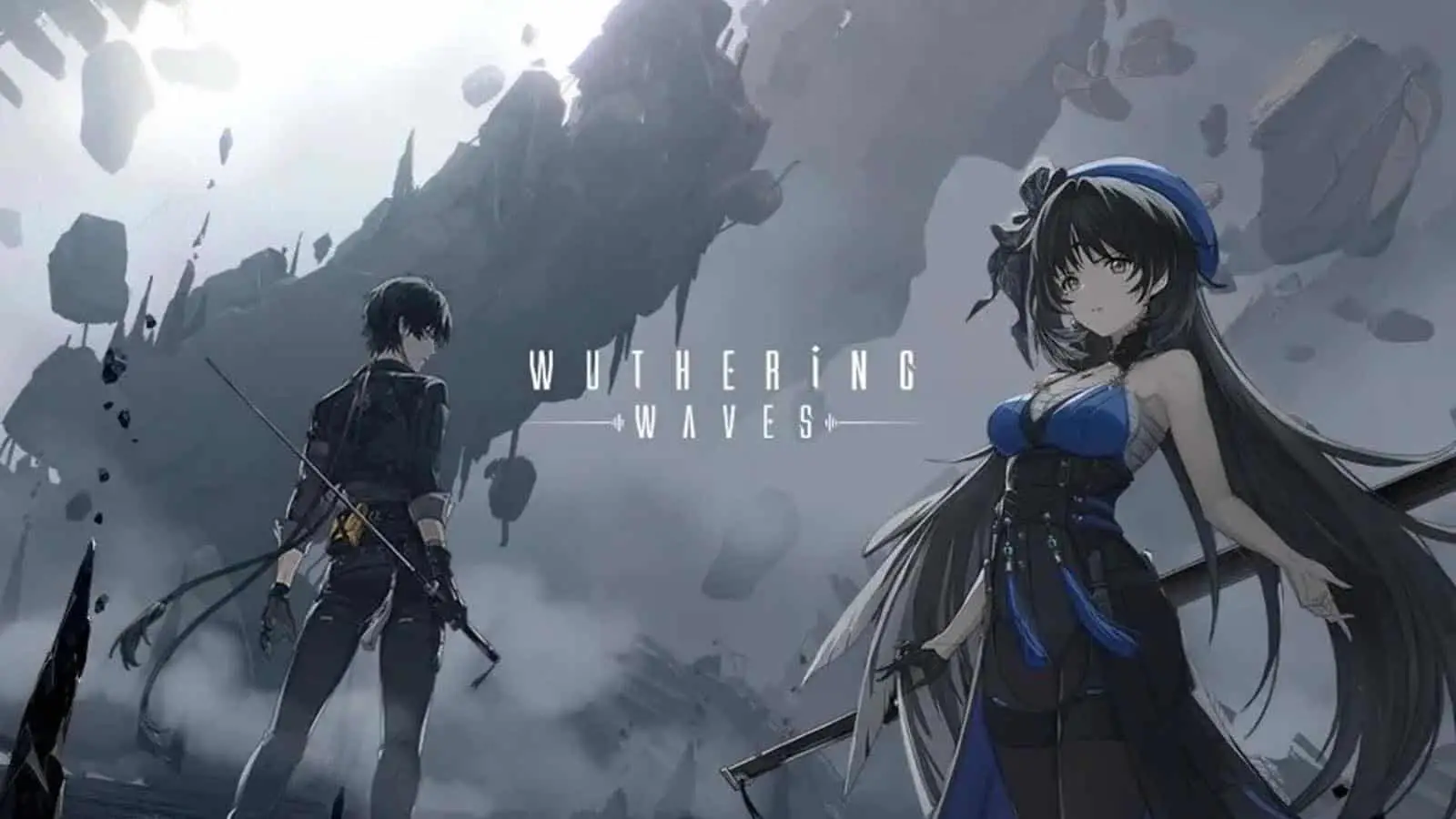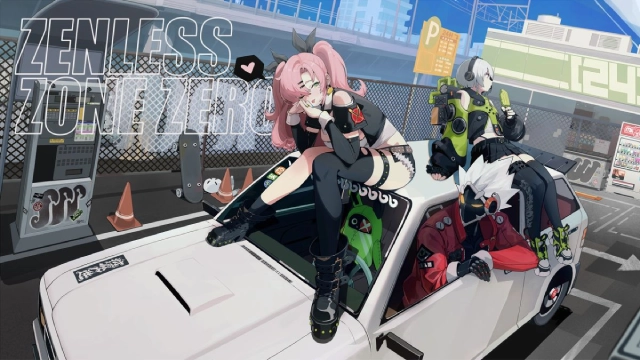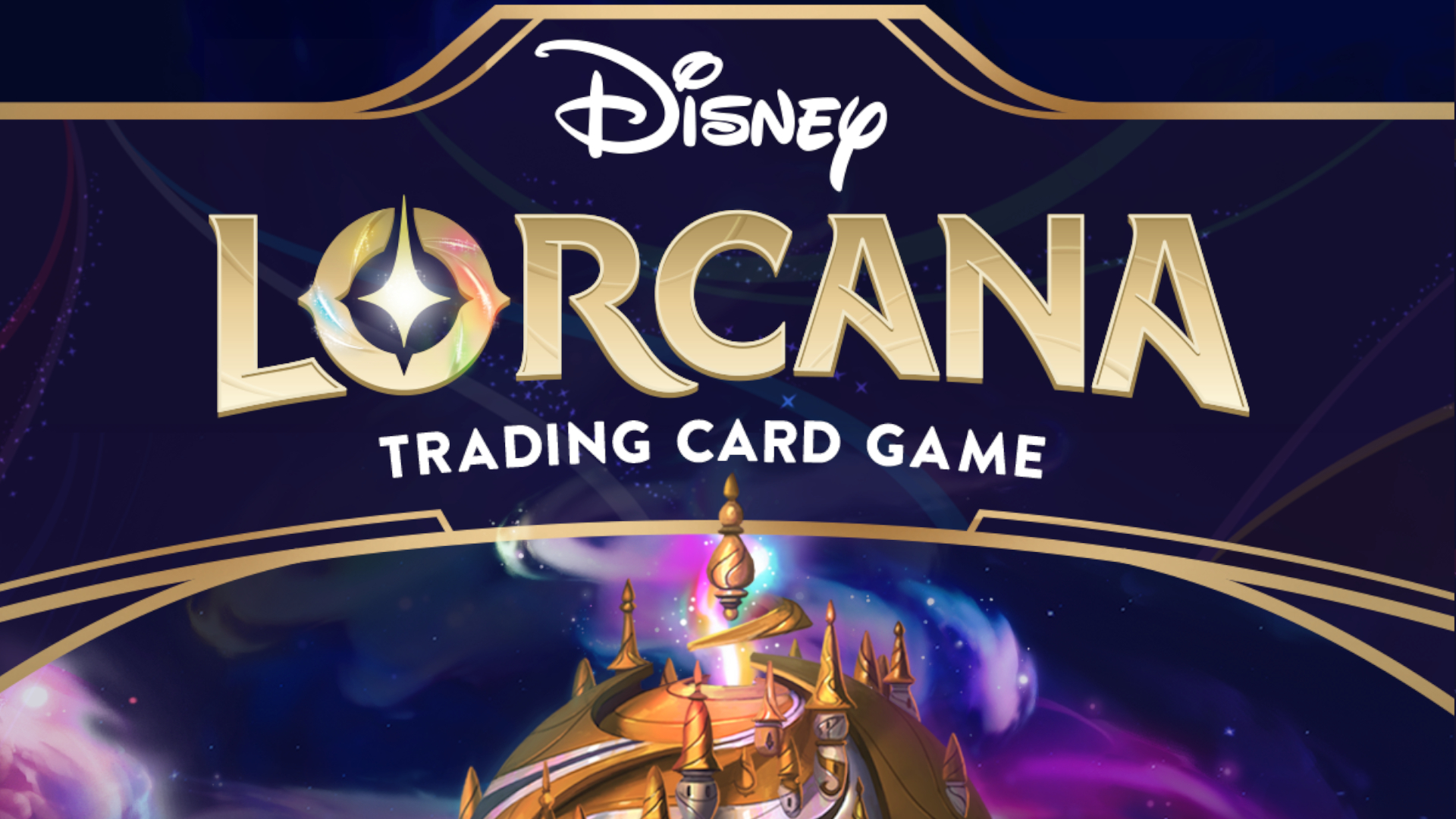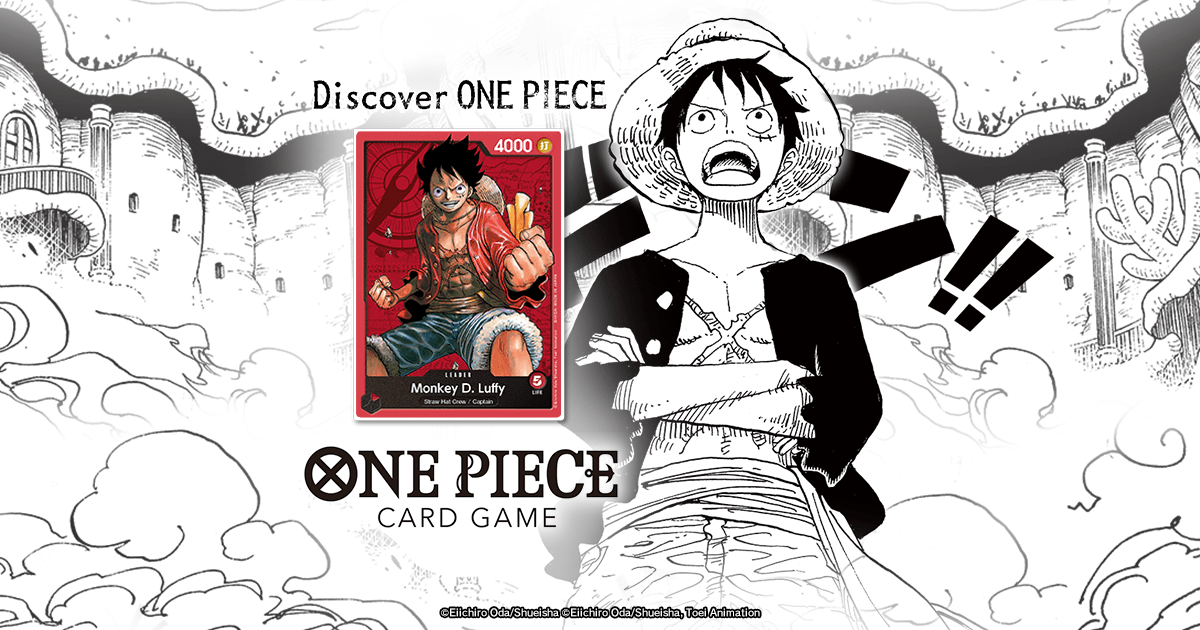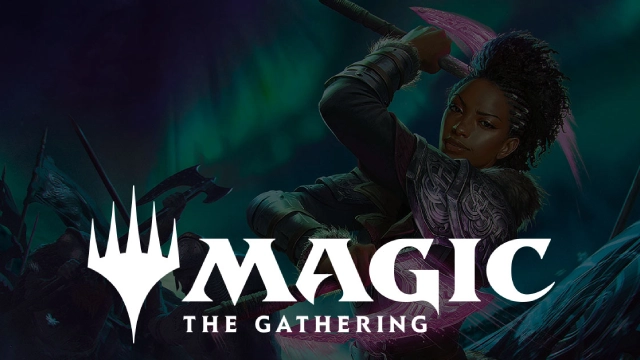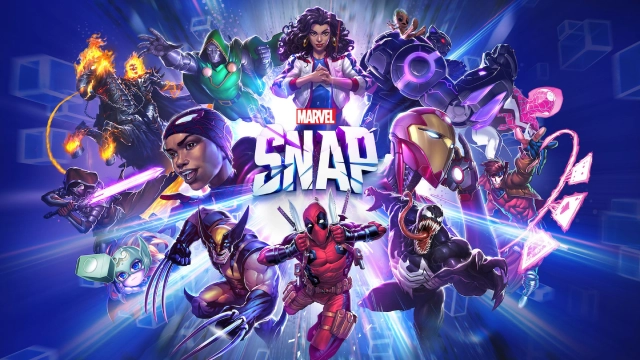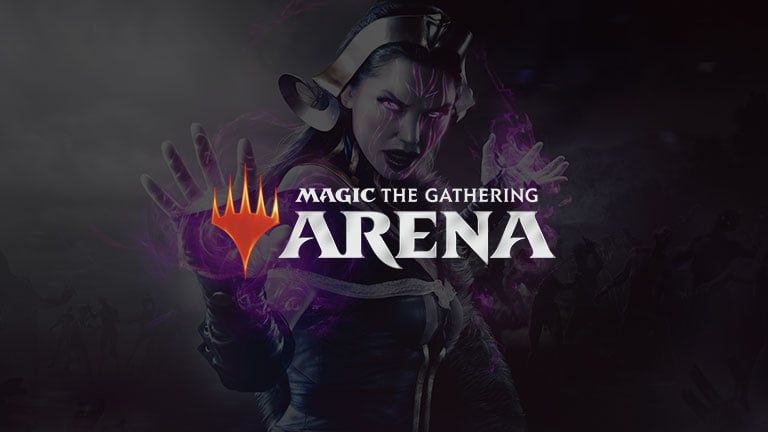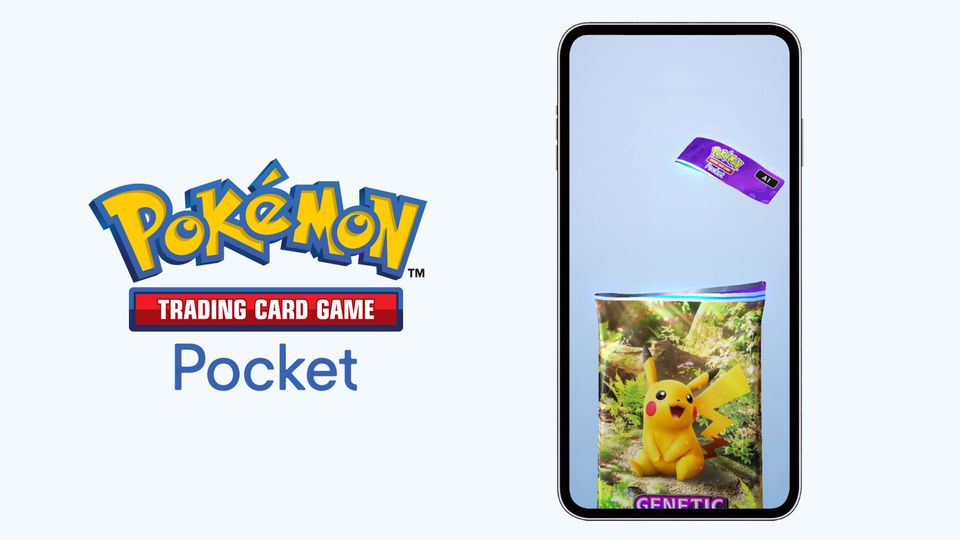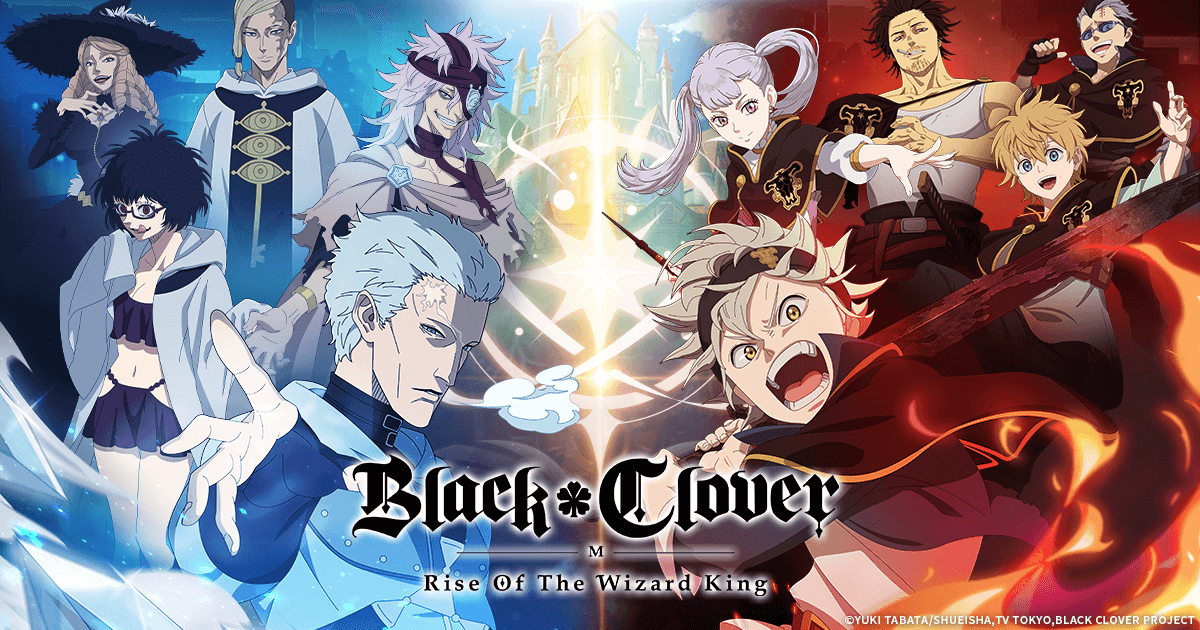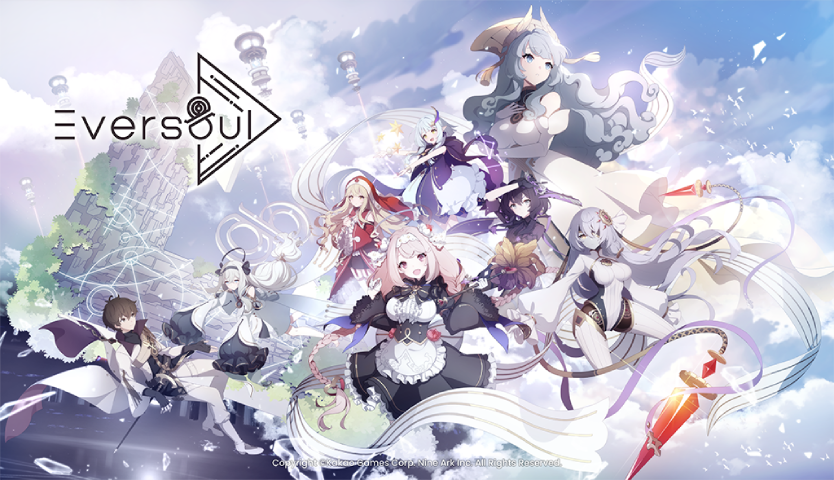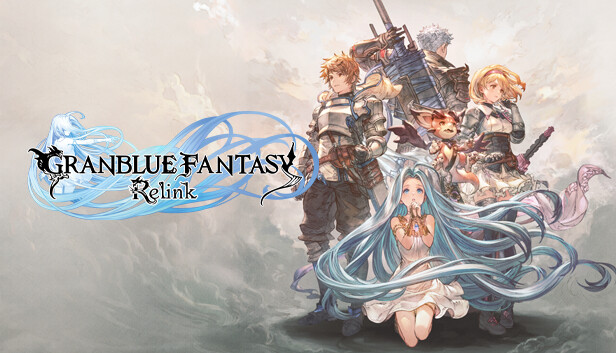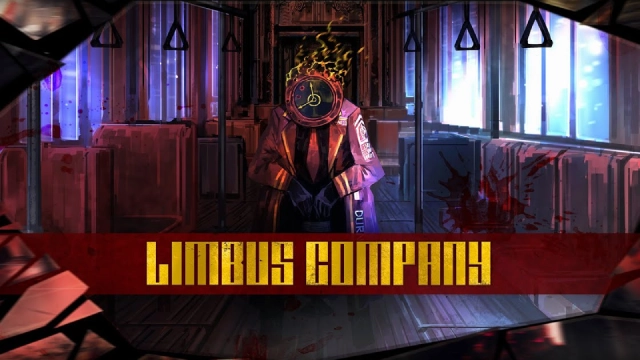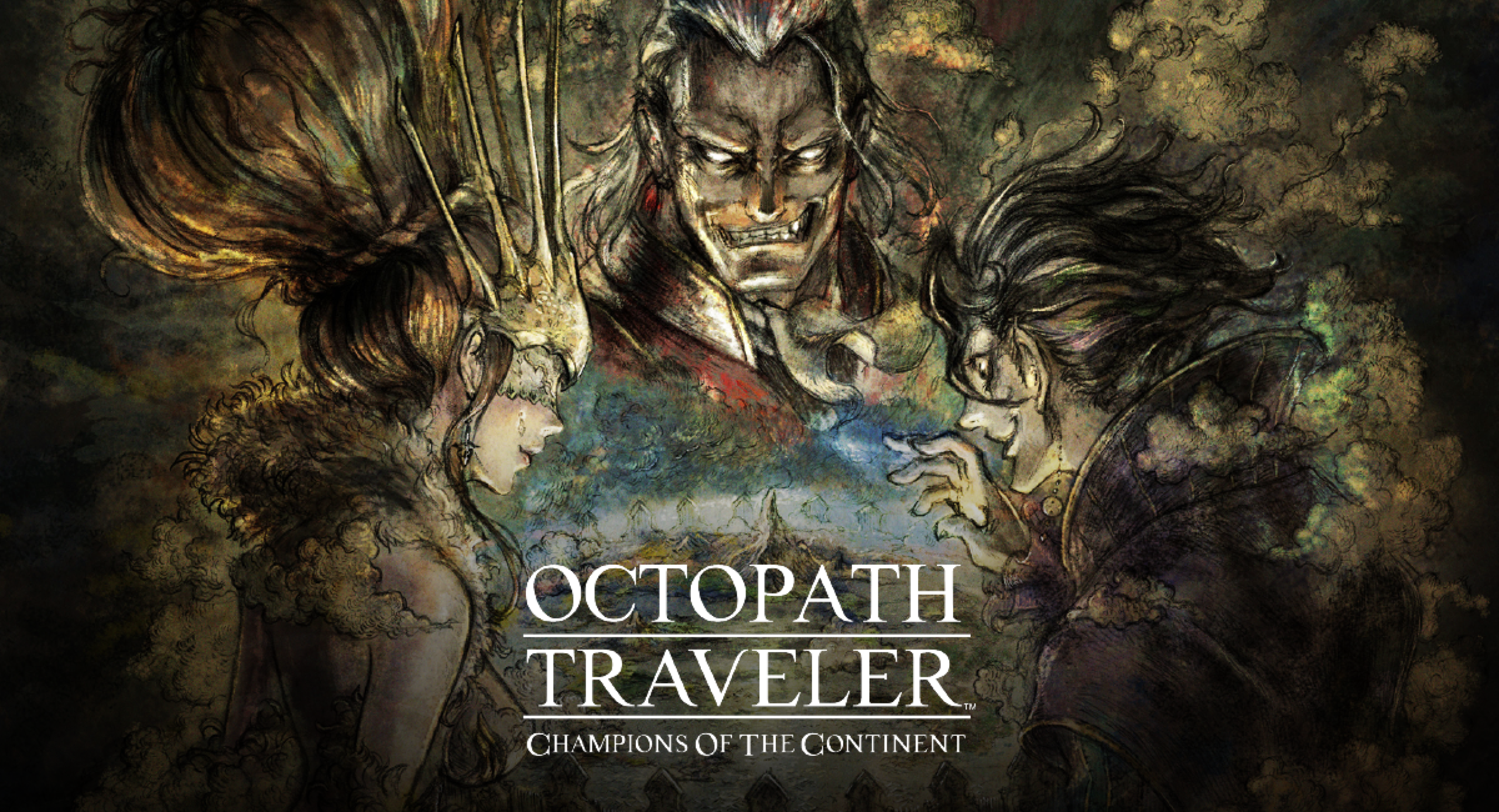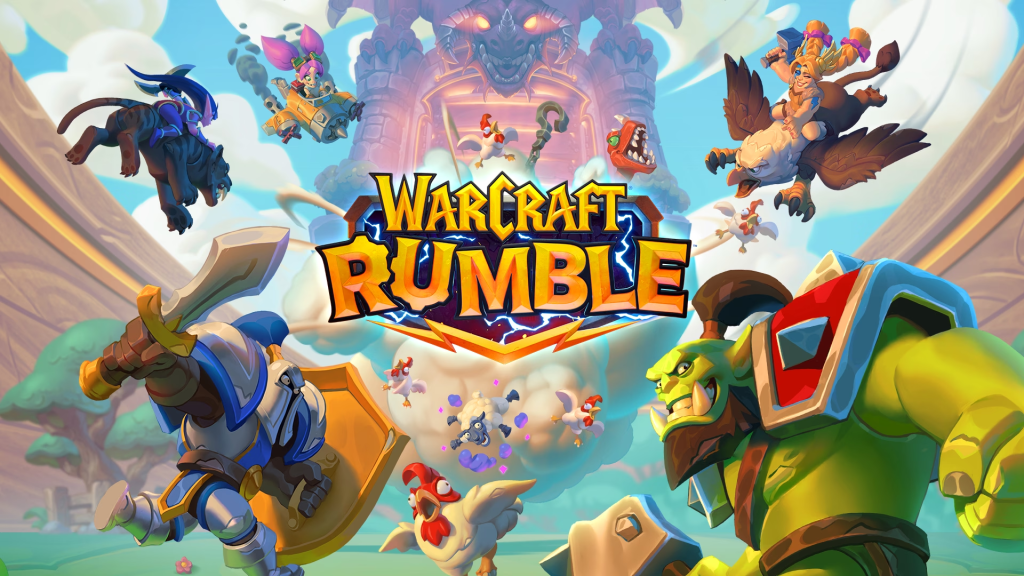
ASTRA: Knights of Veda Guides
Release Date: April 2, 2024
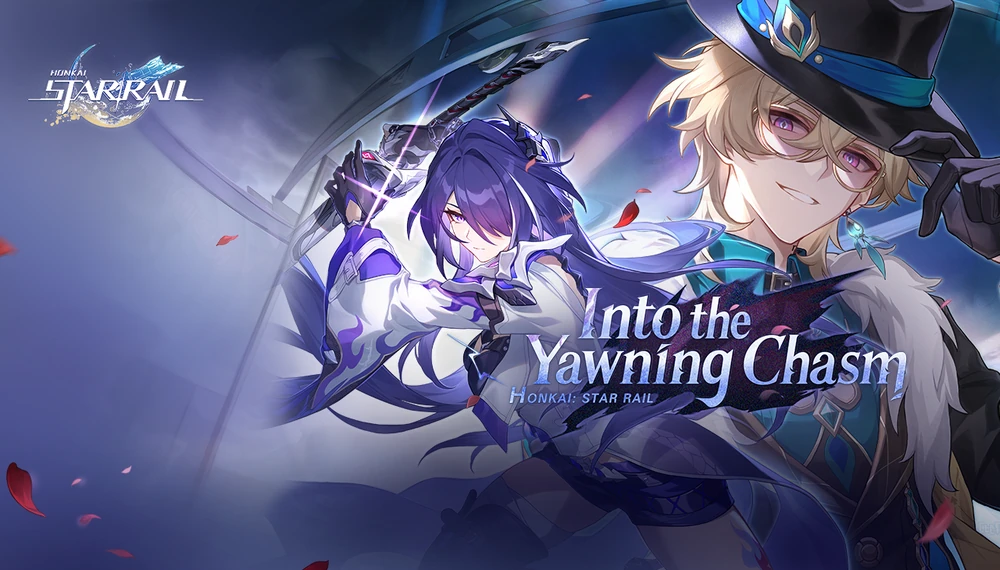
Honkai: Star Rail Guides
Version 2.1: Into the Yawning Chasm
Popular Games
Upcoming Games
Card Games
More Games
Articles
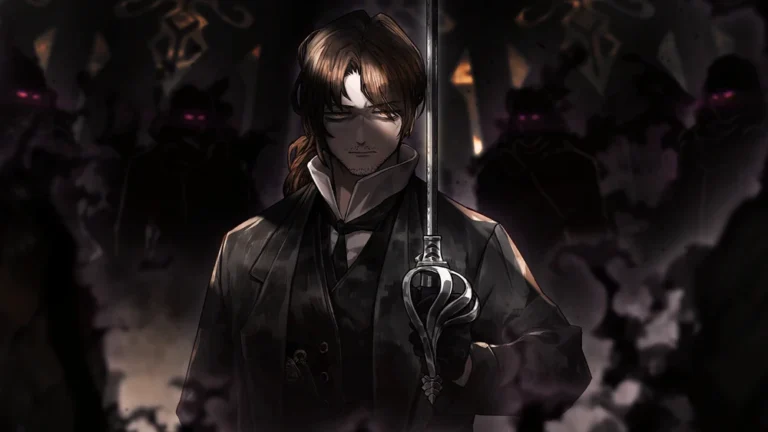
Limbus Company: Edgar Family Heir Gregor
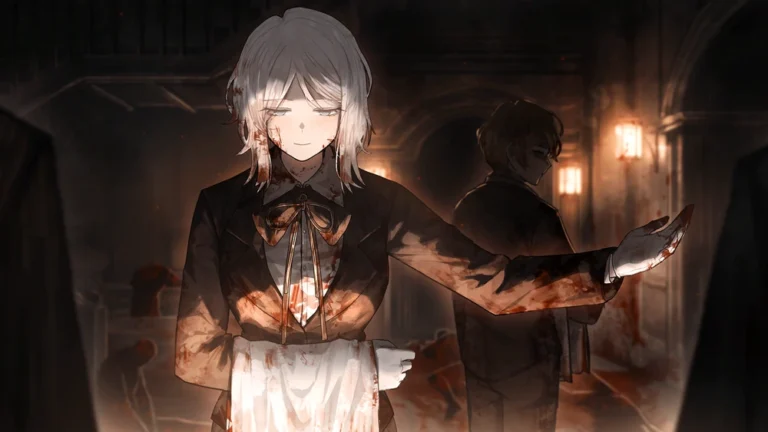
Limbus Company: Wuthering Heights Butler Faust
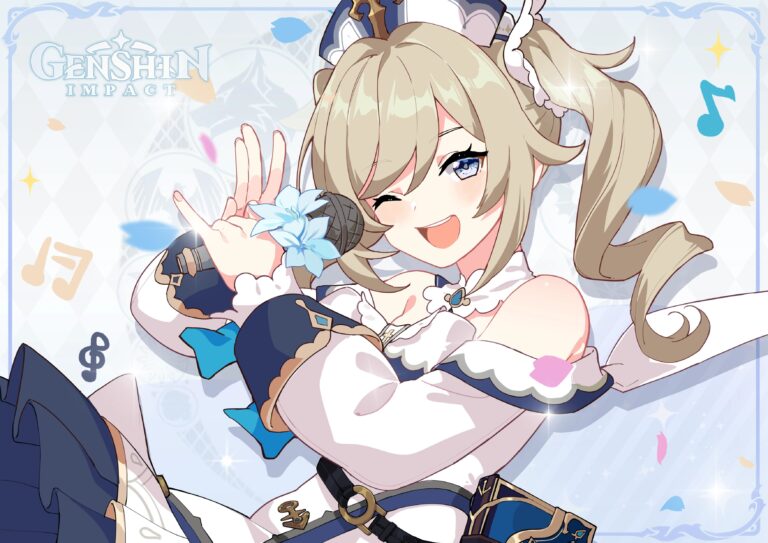
Genshin Impact: Barbara Quick Character Guide
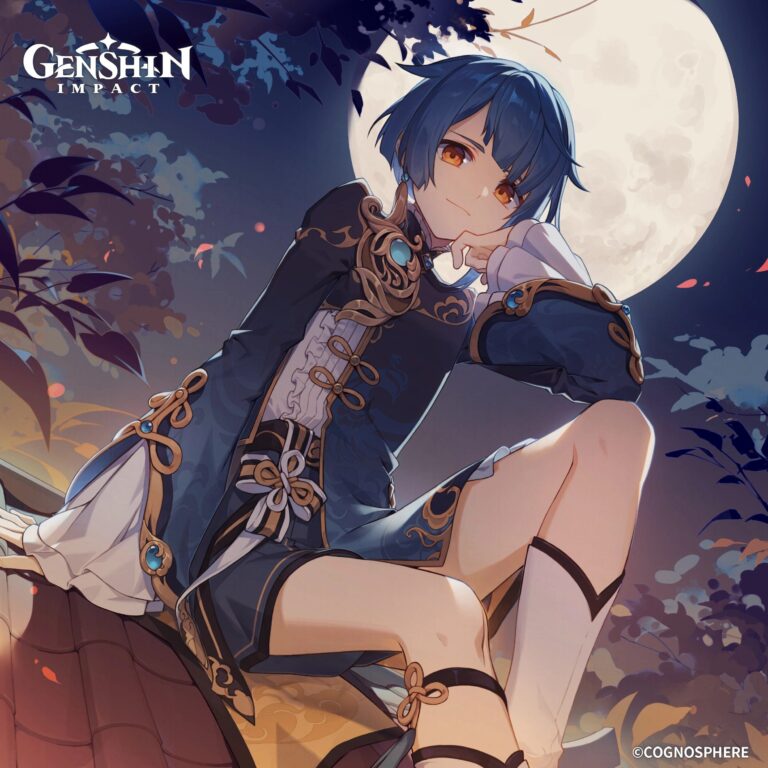
Genshin Impact: Xingqiu Quick Character Guide
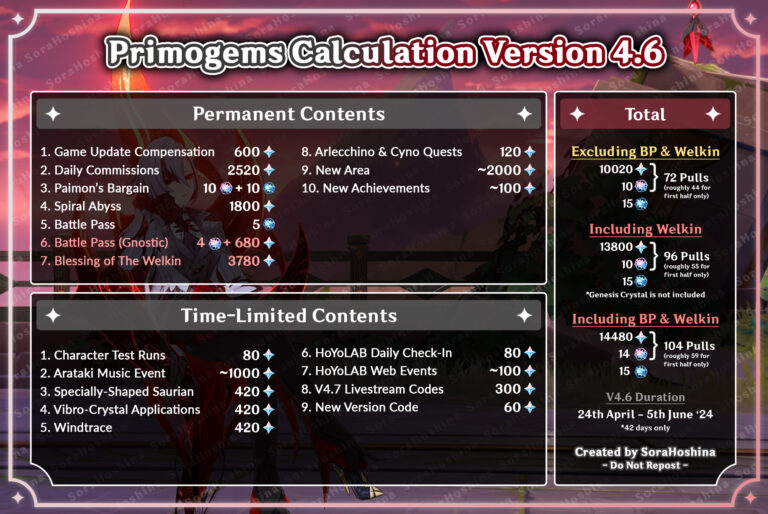
Genshin Impact: Primogems Calculation for Version 4.6
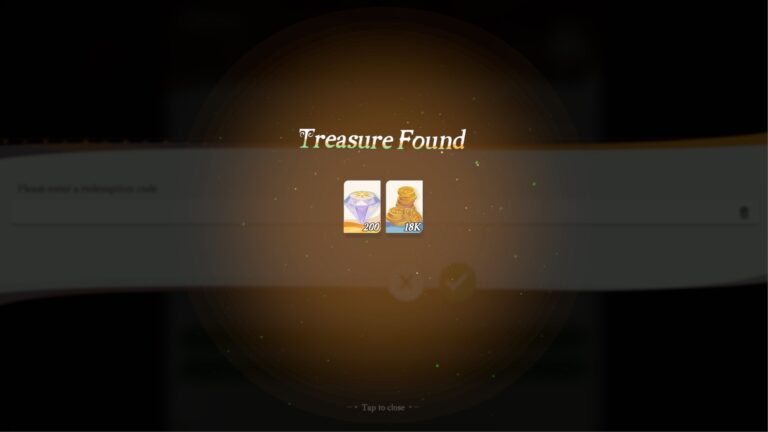
AFK Journey Promo Codes
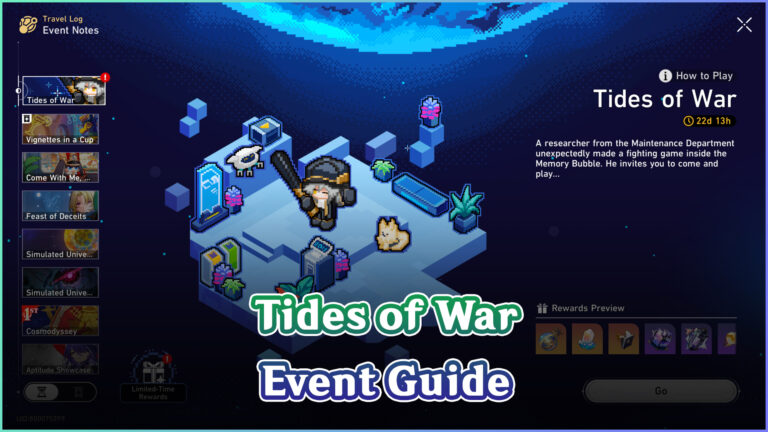
Honkai: Star Rail Tides of War Event Guide
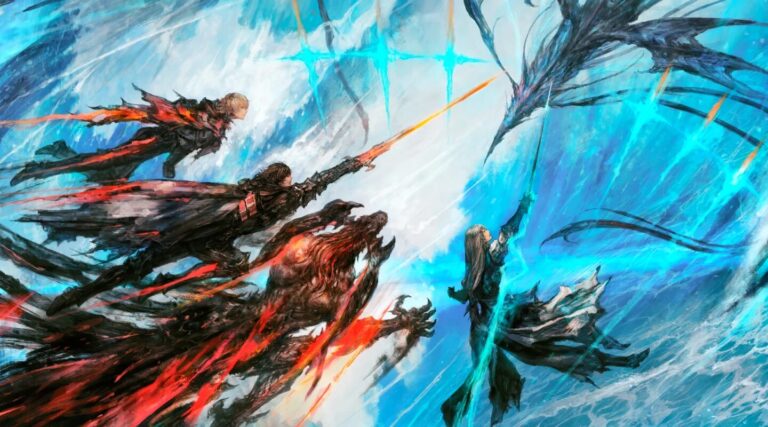
Final Fantasy XVI DLC: The Rising Tide Arrives April 18th, 2024
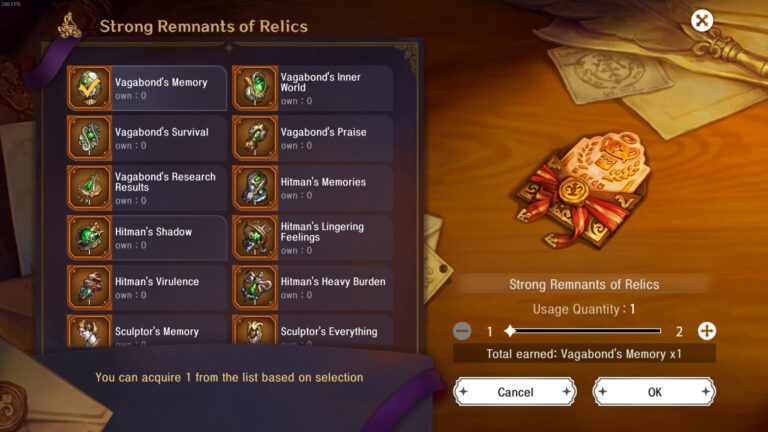
Basic Relic Guide: ASTRA Knights of Veda Equipment Tutorial #1
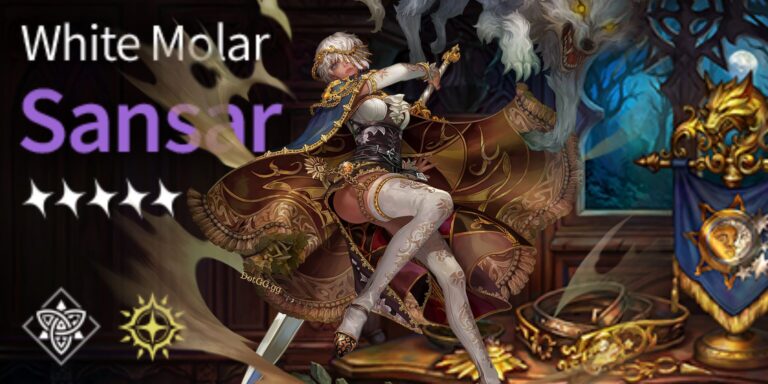
White Molar Sansar: ASTRA Knights of Veda Character Guide #2
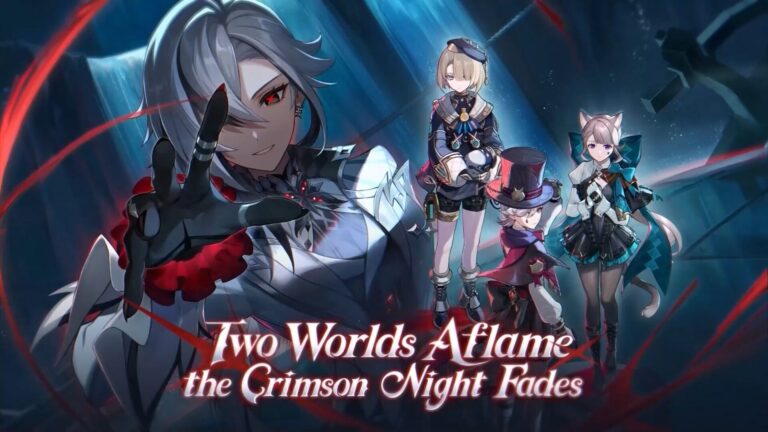
Genshin Impact: Version 4.6 Special Program Livestream Overview
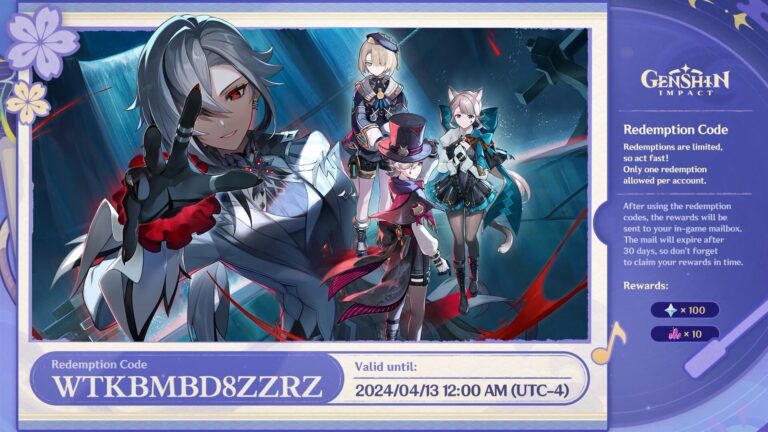
Genshin Impact: 3 New Redemption Codes from 4.6 Special Program
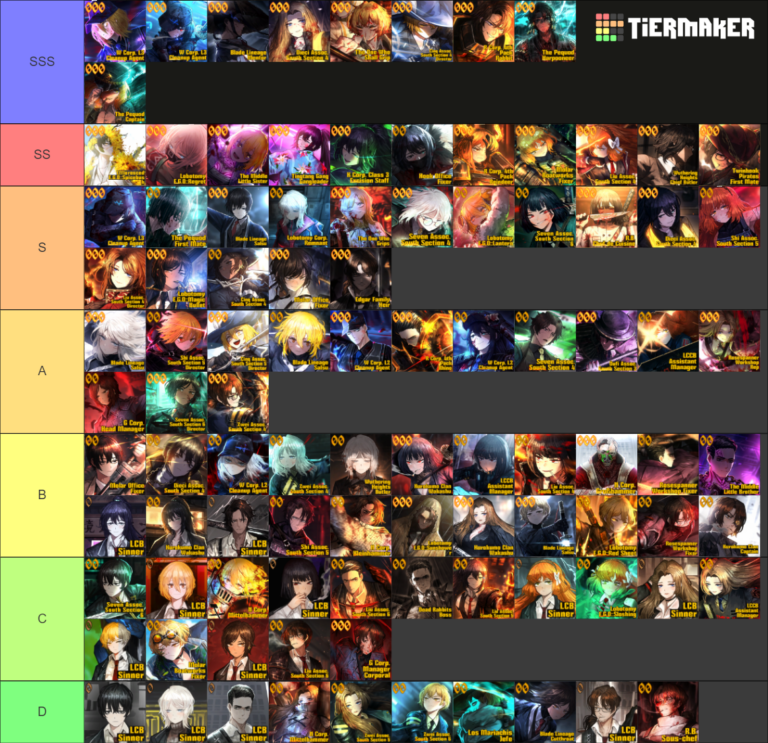
Limbus Company Tier List
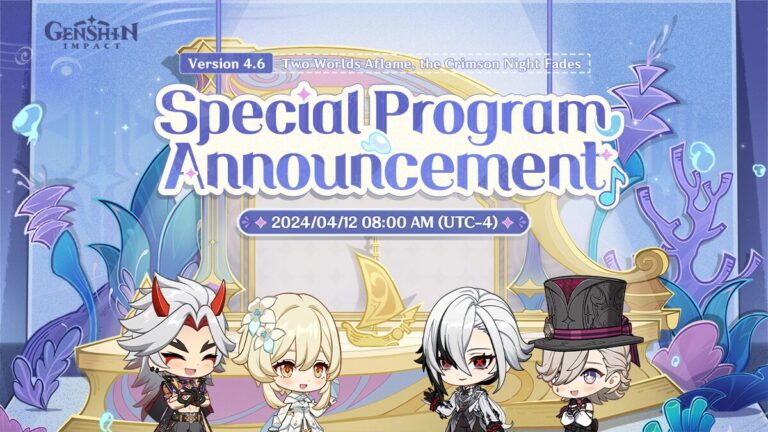
Genshin Impact: Version 4.6 Livestream Countdown
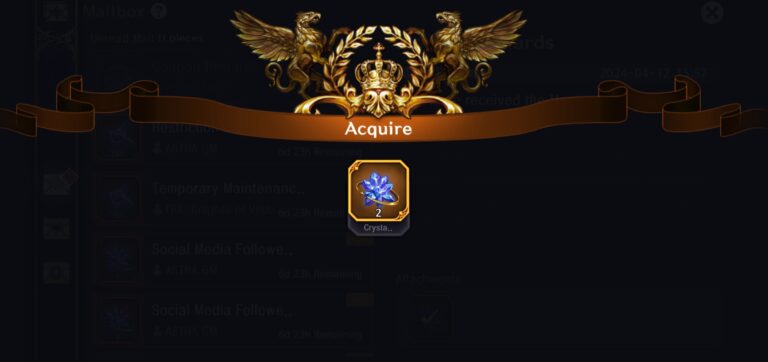
ASTRA: Knights of Veda Coupon Codes
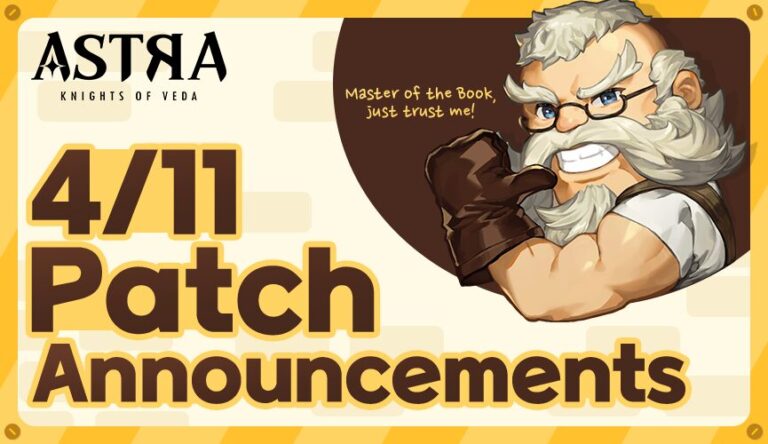
ASTRA: Knights of Veda April 11, 2024 Patch Notes
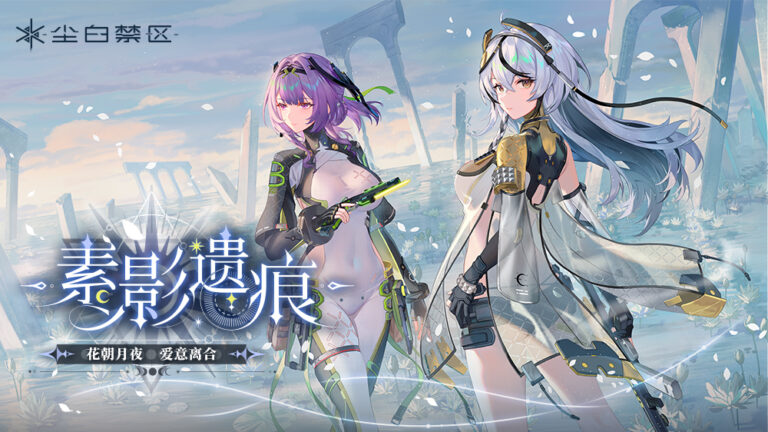
Snowbreak: Containment Zone – Gradient of Souls Event Info

Marvel Duel Beginner’s Guide
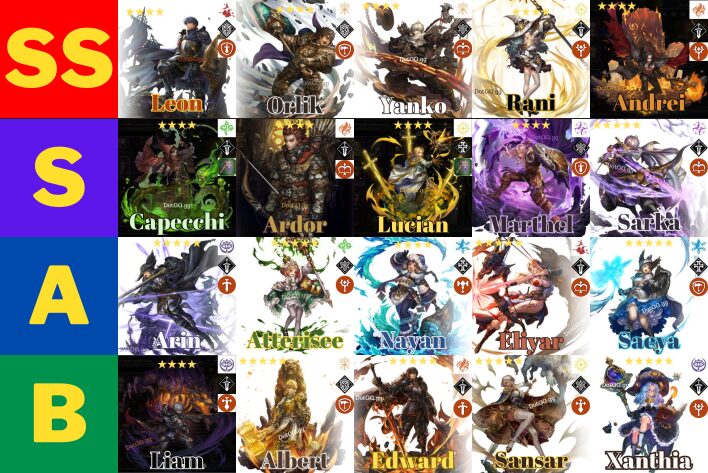
ASTRA: Knights of Veda Tier List – PvE and PvP Best Units
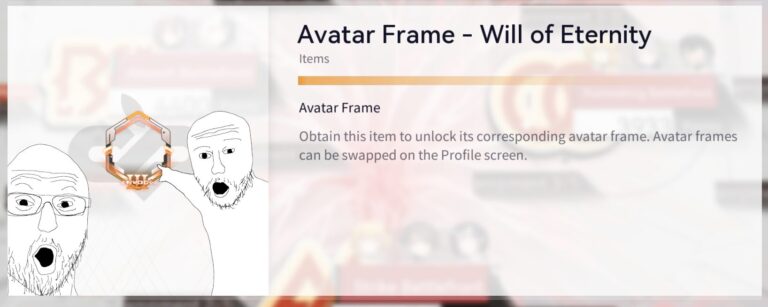
Snowbreak: Containment Zone – Future Unshackled Budget Full Clear
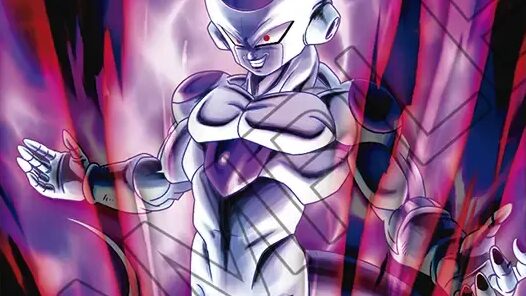
DBS Fusion World Meta Tier List – Best Leaders and Decks (Season 1)
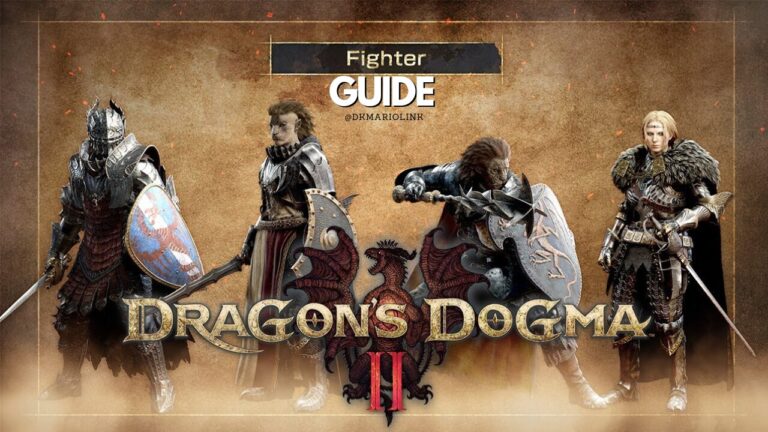
Dragon’s Dogma 2 – Fighter Skill and Augments Guide
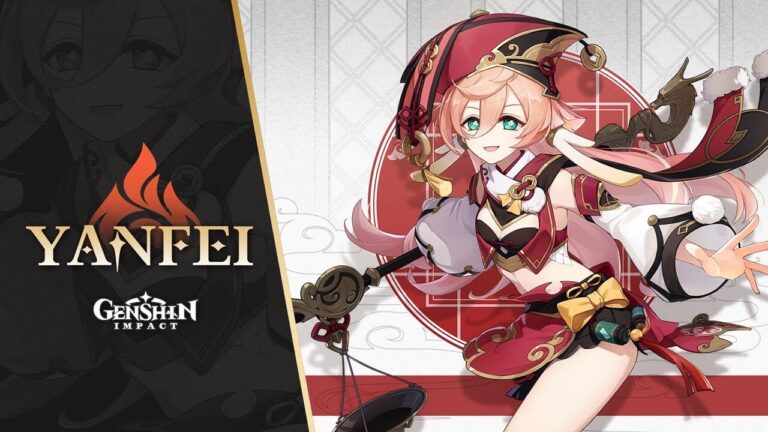
Genshin Impact: Yanfei Quick Character Guide
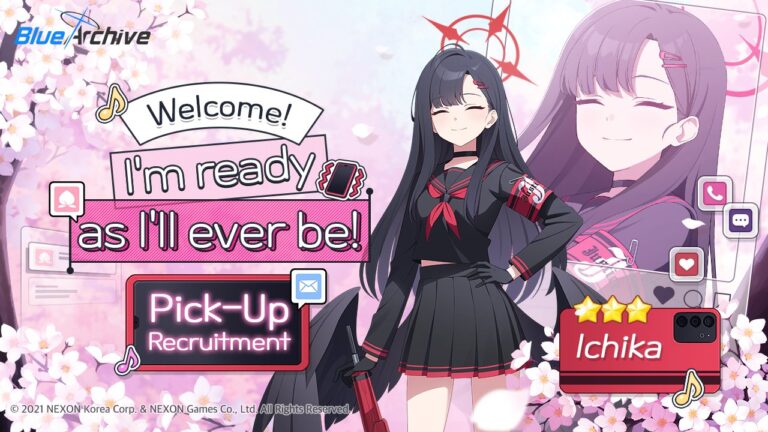
Blue Archive – Ichika Overview
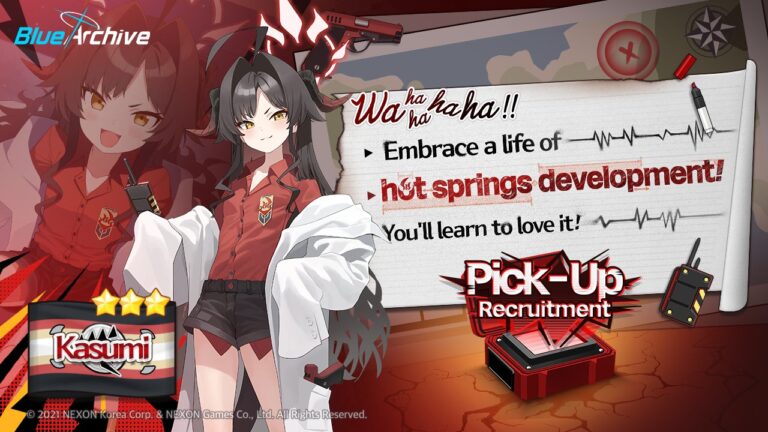
Blue Archive – Kasumi Overview
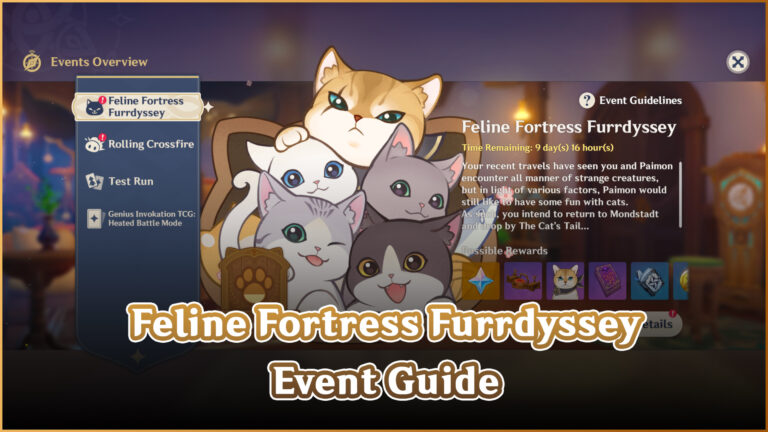
Genshin Impact: Feline Fortress Furrdyssey Event Guide

ASTRA: Knights of Veda Director’s Letter Addresses Player Feedback
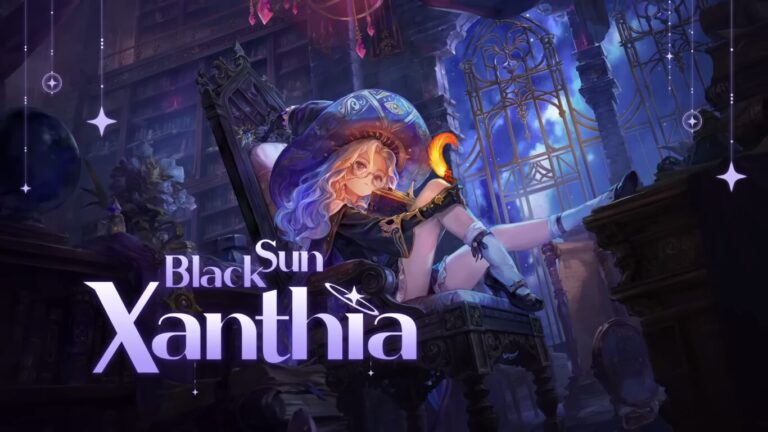
Black Sun Xanthia: ASTRA Knights of Veda Character Guide #1

Genshin Impact: Kaedehara Kazuha Quick Character Guide
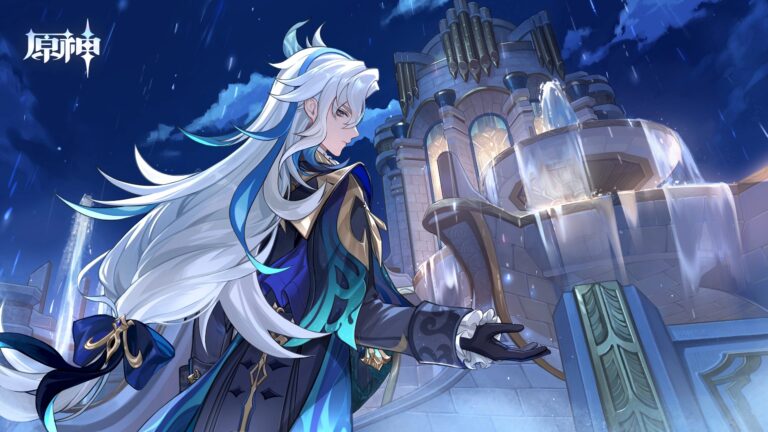
Genshin Impact: Neuvillette Quick Character Guide
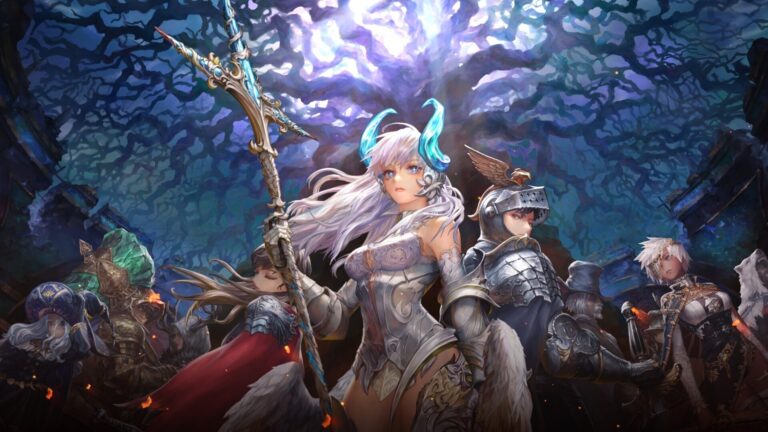
ASTRA: Knights of Veda Review – A Hidden Gem Amongst Negative Reviews?

Wuthering Waves Recruiting Testers for Localization Improvements
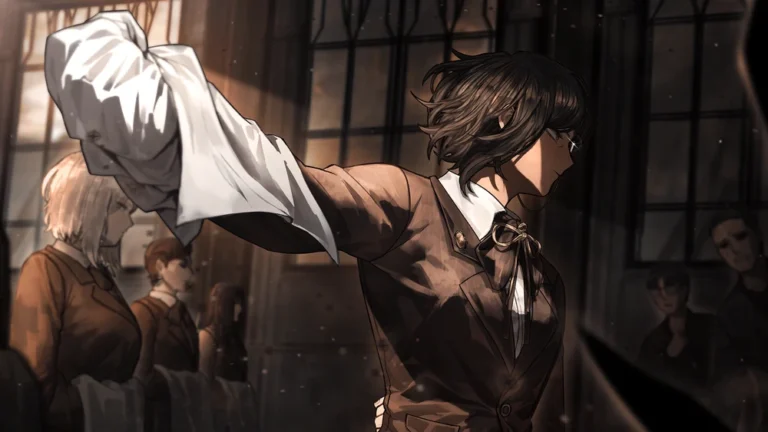
Limbus Company: Wuthering Heights Chief Butler Outis
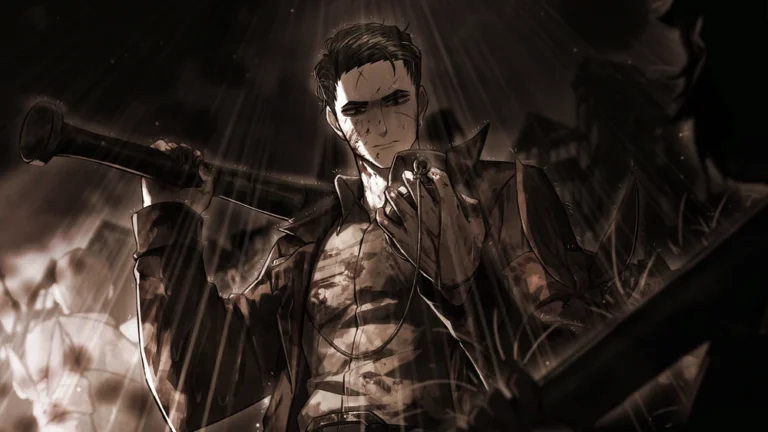
Limbus Company: Dead Rabbits Boss Meursault
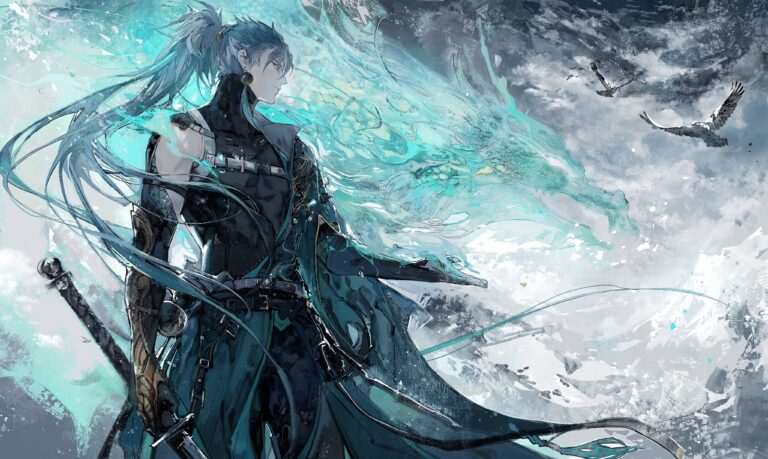
Wuthering Waves Echo Guide: Master the System
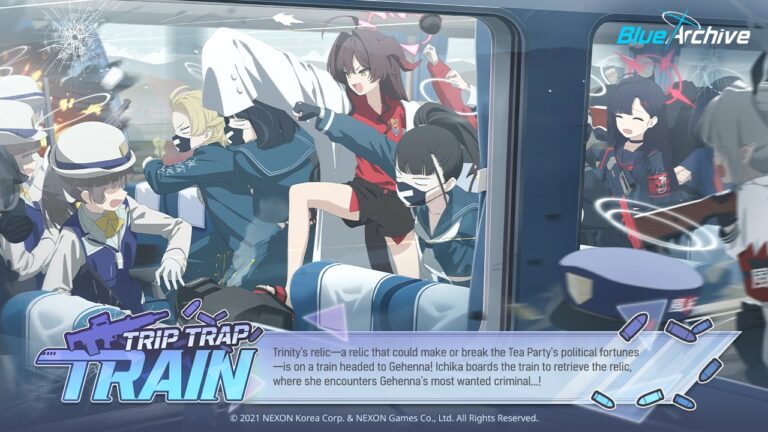
Blue Archive Trip Trap Train Event Overview
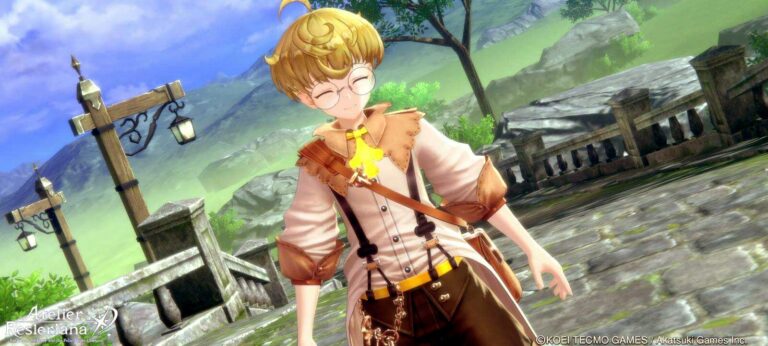
Tao (Future Scholar) Atelier Resleriana Character Guide #33

Did Honkai: Star Rail Dominate March 2024 Gacha Revenue?
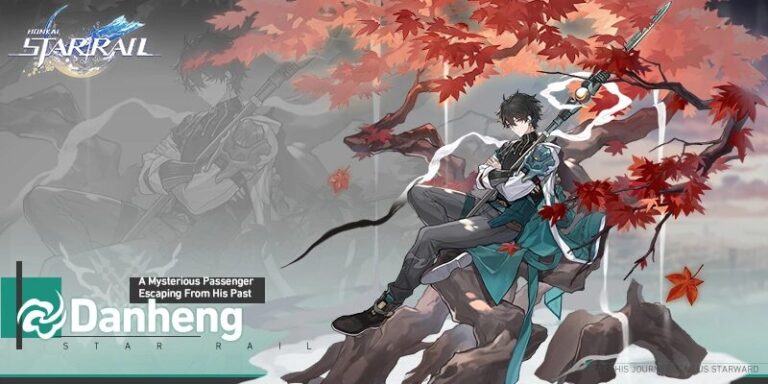
Honkai: Star Rail Dan Heng Character Guide
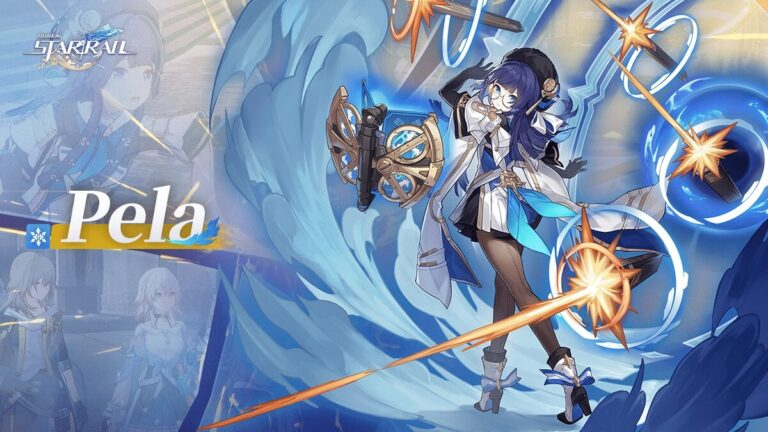
Honkai: Star Rail Pela Character Guide
infinite
